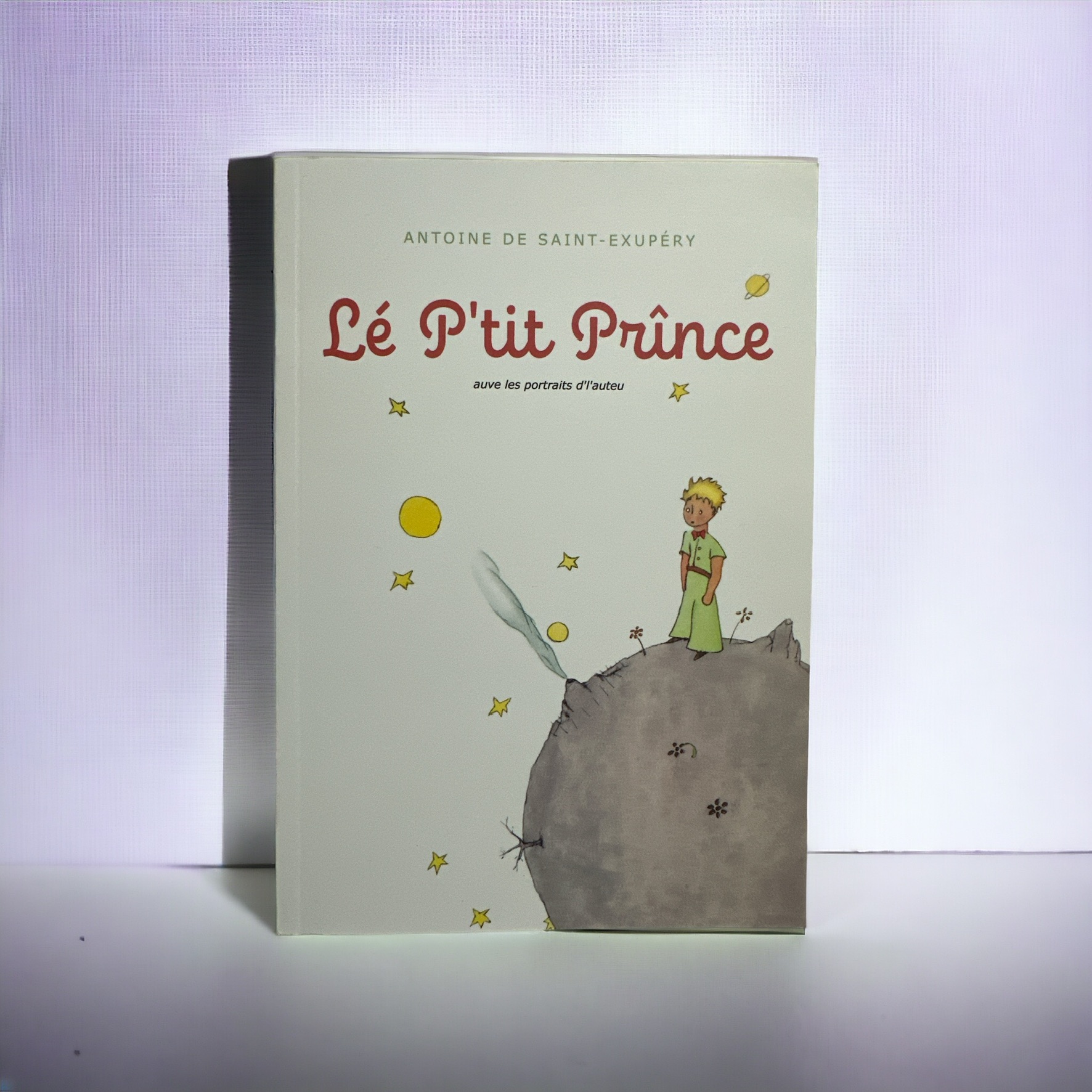
Lé P’tit Prînce — in Jèrriais.
Jèrriais is the traditional language of Jersey, an island in the English Channel. It’s closely related to French but distinct in its own right. Historically, Jèrriais was Jersey’s first language and played an important role during the German Occupation in World War II, as it allowed locals to communicate without being understood by the German forces.
Although Jèrriais was widely spoken in Jersey until the 19th century, its use has declined significantly over the years. Today, very few people speak Jèrriais as a mother tongue, and the number of speakers has been decreasing annually. Despite this, efforts are being made to keep the language alive, with initiatives to teach Jèrriais in schools and promote its study and literature.
The language, also known as Jersey French or Jersey Norman French, began to appear in writing in the late 18th century. Initially, there was no standard spelling, and writers used their own systems. The orthography used today is based on standard French. To promote the language, L’Assembliee d’Jèrriais was formed in 1951, which led to the publication of several books on the language. The Section de la langue Jèrriaise currently works to promote the study of Jèrriais, and the language is taught in primary schools on the island. Additionally, Jèrriais is featured in a weekly radio program on BBC Radio Jersey and in regular articles in the Jersey Evening Post.
The 2001 census recorded about 2,874 people who spoke Jèrriais, which was roughly 3% of the population at the time, with around 15% having some understanding of the language. Jèrriais lessons are offered in all States primary schools and some private schools in Jersey, and there’s even the Jèrriais equivalent of the GCSE for secondary school students.
For adults interested in learning the language, evening classes are available at Highlands College. The language is still evolving, with new words being added to the Jèrriais vocabulary.
This unique linguistic heritage of Jersey, while facing challenges in terms of its number of speakers, continues to be an important part of the island’s cultural identity


